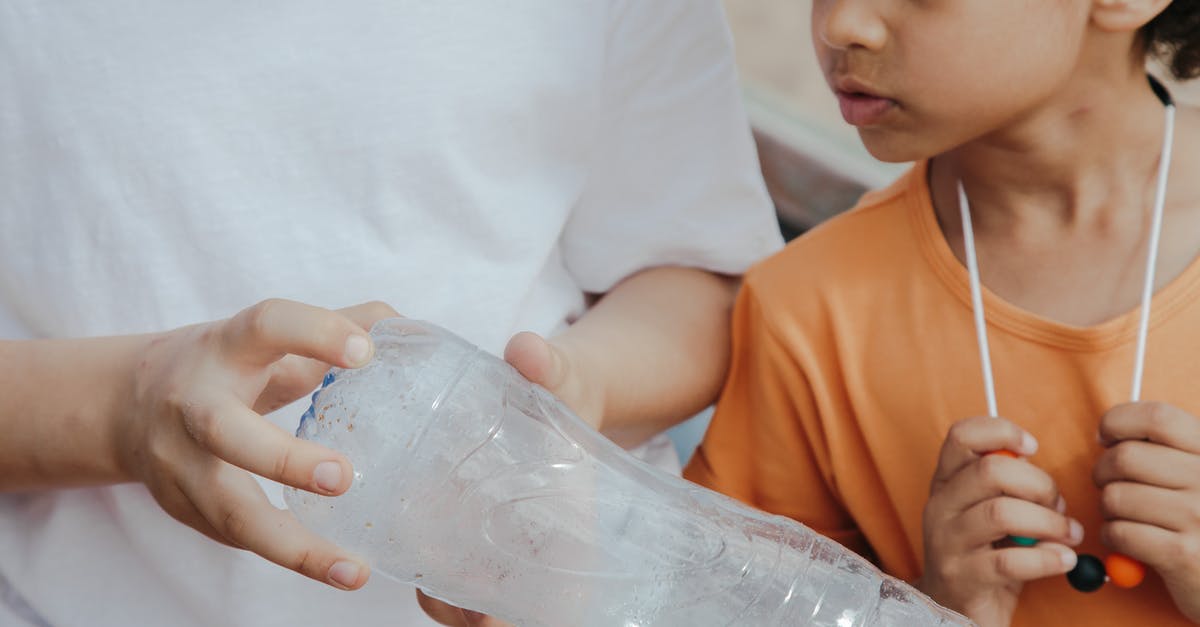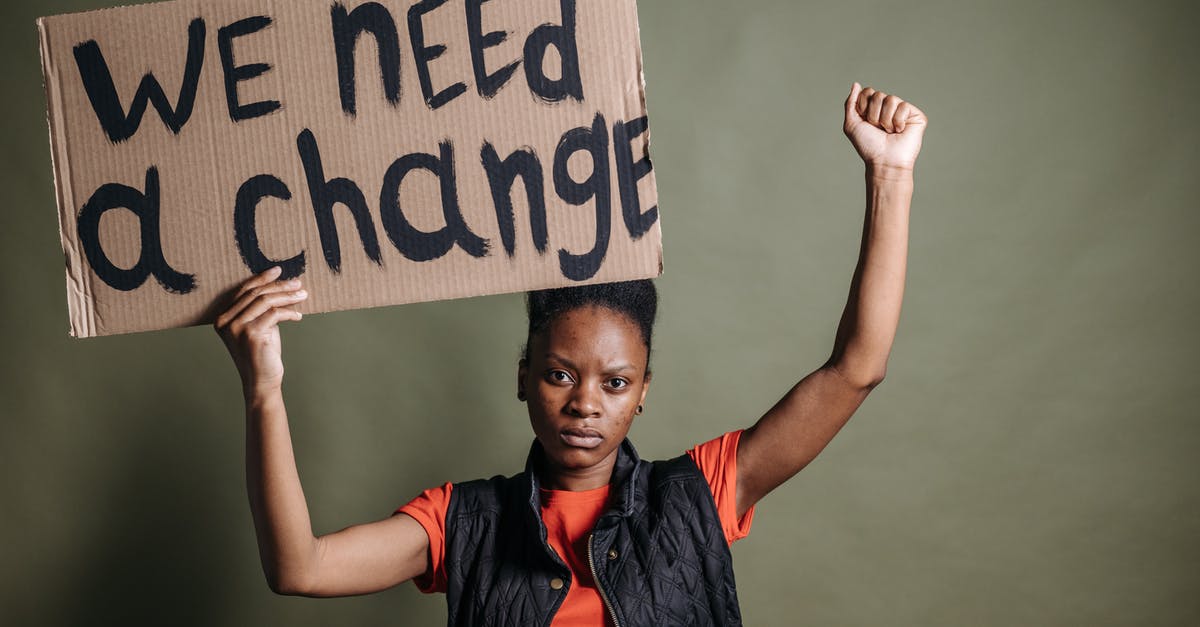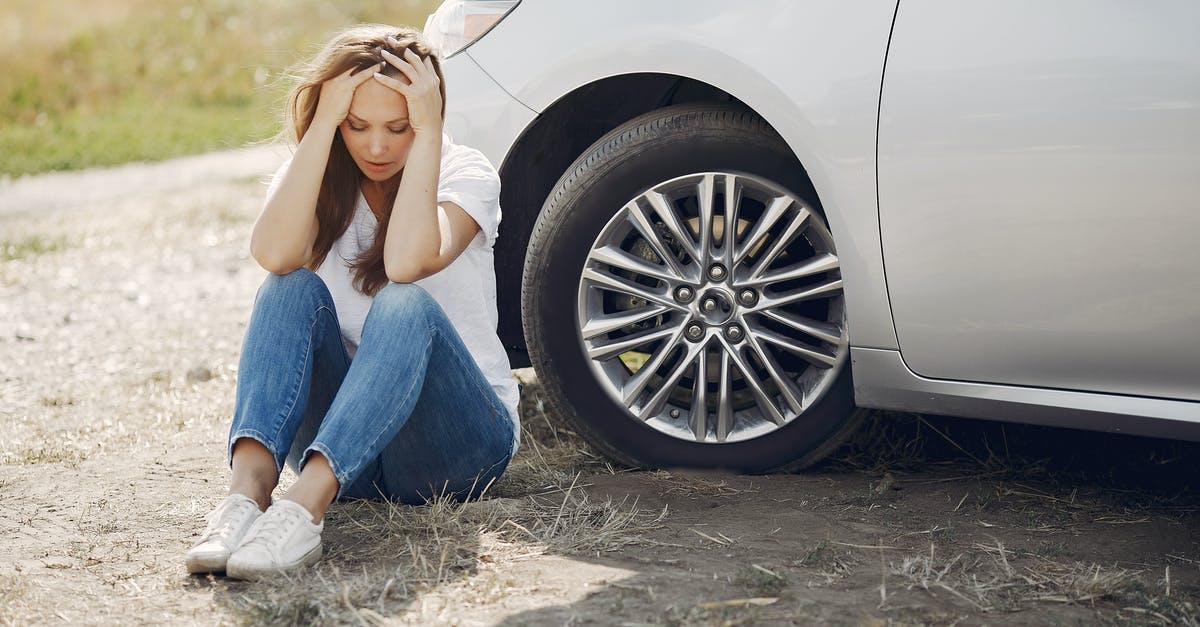Why don't we need to ice-bathe all leftovers before refrigeration?

I'm considering picking up an immersion heater for Christmas and reading up on that led me eventually to Douglas Baldwin's sous vide website (http://www.douglasbaldwin.com/sous-vide.html). In the safety section of the guide he is quite firm about the need to quick chill in an ice bath the cooked sous vide food if it will not be immediately consumed. Here's the relevant passage:
If you’re not going to eat all your food immediately, then you need to know that some bacteria are able to make spores. Spores themselves will not make you sick, but they can become active bacteria that could. Cooking to kill active bacteria like Listeria, Salmonella, and E. coli will leave these spores unharmed. If you keep your food hot, then the spores will not become active bacteria. But when you cool your food, the spores can become active bacteria: if you cool your food too slowly or store it for too long, then these active bacteria can multiply and make you sick. To keep these spores from becoming active bacteria, you must quickly cool your food – still sealed in its pouch – in ice water that is at least half ice until it’s cold all the way through.
However, it's not obvious to me why his reasons for doing so don't apply to "normally" cooked food as well. For example, wouldn't many of the various spores (especially heat-resistant ones) that survive sous vide also survive "normal" cooking? So why don't we need to put all leftovers in ice baths to be able to store them safely.
(Seeing cooked food sitting around on Thanksgiving particularly brings this question to mind. :)
Best Answer
First off, I assume this may partly be out of caution since many (probably most) people don't take cooling leftovers seriously. Yes, spores do survive cooking, and yes, they can very well make you sick, particularly if food is left at room temperature to cool for hours before refrigeration. Classic example is in many cases of "leftover Chinese" food poisoning. Most people assume that it was something in the food they ate when it was still hot, or perhaps due to some seemingly "more dangerous" food like meats, etc. But frequently it's rice that has set on the counter in a take-out box for a few hours. In that time, the spores can reactivate and grow significant toxins that will not be destroyed even if the rice is reheated to boiling. (Moreover, for almost all leftovers, official food safety organizations generally recommend reheating to ~165F, just to kill off most things that grow during cooling. Again, many people who munch on leftovers directly from the fridge don't follow this advice, and in some cases, it can lead to food poisoning.)
All of that said, usually for small quantities of food, just getting the food into the fridge reasonably quickly is enough. Why the ice bath here (which is usually only recommended for large quantities, like a big pot of chili)?
One thing is that he's not only talking about "leftovers," per se. From other things said in the guide, I think he also wants to cover stuff like the fairly common practice of sous vide in restaurants these days where you do the cooking for basically the full sous vide time in advance, then chill, and then merely reheat until at serving temperature.
Related to that, I think one thing is clear from his table, where he lists thicknesses. Many people sous vide things like roasts or large poultry parts or whatever. In those cases, it can take many hours for the center of a thick piece of meat to come down to refrigeration temperatures, even with the ice bath (see his table). Normally people cut up a roast or whatever before they have "leftovers," so cooling down a very thick hunk of meat is less commonly encountered than it might be in sous vide where you precook the meat in advance.
Beyond that, though, there are some specific concerns raised by the sous vide procedure. As emphasized in the linked guide, it's best to think of sous vide times as "pasteurization," NOT sterilization.
Say you're doing sous vide on a think hunk of beef, which you like relatively rare, so your water bath is only 132F. It takes a couple hours to "pasteurize" at that temperature, and that's after you hit that temperature in the center -- which for a think hunk of meat could take a couple hours in the water bath to get there. Moreover, the temperature rise of the center of a thick piece of meat will get more and more slow as is gets closer to the water bath temperature. That means that the meat may spend more time in the ~100F temperature range (which happens to be around the ideal growth temperature for many bacteria) than the same hunk of meat might in an oven at a much higher temperature.
So, you'll likely grow more bacteria, which may form more spores once you get to 130F or so than you'd have in a more traditional cooking method.
But that's not all -- by not going to a higher final temperature, you're not going to denature some of the toxins that might form and even kill off some spores of weaker bacteria. Cooking poultry to 165F may not be necessary if eaten immediately, but if you only cook to 135F or whatever, you're likely to have a lot more bad stuff left over to start growing as the stuff cools.
But wait, there's more -- the linked guide mentions that food-service technique I mentioned above (see the section "Chilling for Later Use"). In that case, you're going to repeat this heating up process, slowly re-pasteurizing the meat. (Obviously heating it up higher than the original water bath temperature would defeat the whole purpose of sous vide in the first place.) For situations like that, you're looking at THREE trips "through the danger zone," and that last trip will be with all the activated spores that "came to life" during cooling, now ready to produce toxins. And they won't be competing against the more harmless bacteria and things that are around during an initial cooking phase, since those harmless bacteria were almost all killed off.
And again, since your final temperature for reheating is likely fairly low, you're not going to hit thresholds necessary to denature many toxins, which you might if you were more aggressive in reheating leftovers to 165F or higher.
I'm guessing that this latter "three trips through the danger zone and never heated to normal high cooking temperatures" thing that the author is specifically worried about -- after all, in the section you reference, he mentions to chill the food "still sealed in its pouch." That doesn't sound like typical leftovers to me left on the plate or whatever -- he's specifically worried about people who have entire leftover "pouches" of food, or those who may deliberately plan to do a sous vide reheat later.
If you have small leftover bits of food that chill relatively quickly and/or you plan to reheat them until they're actually steaming hot, his advice may not apply. If you have a largish piece of meat in a sealed pouch that was merely "pasteurized" via sous vide at a very low temperature and plan to reheat it via sous vide again, I'd strongly recommend following his advice.
Pictures about "Why don't we need to ice-bathe all leftovers before refrigeration?"



Why should you stir food being chilled over an ice bath?
An ice water bath is simply a pan, or sink, of ice and water that you can sit the container in. Stir the food so that it cools even quicker. Food should be cooled and ready to go into the refrigerator or freezer within two hours from the time that you took it off of the stove or out of the oven.Can you put hot food straight in the fridge?
The Bottom LineIt is OK to store hot foods in the fridge. You do not have to wait for the foods to cool before you put them away. In fact, it's better to store them right away, while they're still hot, than to forget them and leave them sitting at room temperature too long.When cooking outside the fridge How do you use the ice bath method?
When cooling food outside of the refrigerator using the ice bath method, the temperature of the food must reach blank within two hours and blank within a total of six hours.Do I need to ice bath after sous vide?
The only time you really need to use an ice bath is when you are going to store food for later and it has come right out of the sous vide machine. For example, you cook 5 bags of chicken breasts, eat one for dinner and put the others into your freezer, in the sous vide bags, to eat later.Why Don't We - Fallin' (Adrenaline) [Official Music Video]
More answers regarding why don't we need to ice-bathe all leftovers before refrigeration?
Answer 2
Cool food quickly to reduce the chance of bacterial proliferation. Using an ice bath is a good method of cooling food quickly.
Generally speaking, this advice applies equally to other leftovers, but if your kitchen is reasonably clean and you're not packaging food for sale, you probably don't need to go overboard. If you're in a clean house that is a normal pleasant temperature and you haven't contaminated the food by putting dirty utensils or hands into it, and if you are going to eat it fairly soon after refrigerating it (within a day or two) then you're probably fine.
I think the author might be mentioning it because it is simply easier to quickly cool a single-serve sealed pouch of food than standard leftovers, particularly if you know a certain number of servings won't be used at a given time, which it might be easy to know when you are preparing sous-vide dishes in single-serve pouches. If the same author gave you advice about storing your other leftovers they would probably tell you to cool other things quickly, too.
Sources: Stack Exchange - This article follows the attribution requirements of Stack Exchange and is licensed under CC BY-SA 3.0.
Images: Ron Lach, Pavel Danilyuk, Gustavo Fring, Anna Tarazevich
